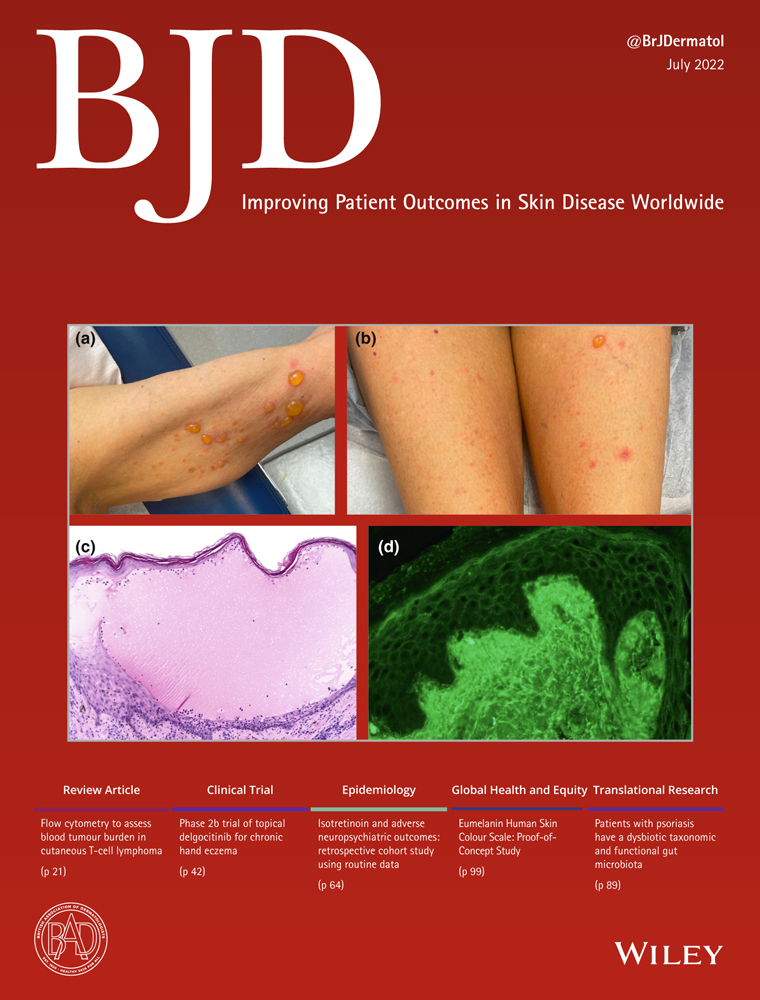The Eumelanin Human Skin Colour Scale: a proof-of-concept study
Abstract
Background
At present there is no standard nomenclature for describing the diversity of human constitutive skin colour.
Objectives
To develop a standard nomenclature to describe human constitutive skin colour.
Methods
Monthly focus group discussions were carried out among a multidisciplinary group of specialists over a 7-month period. Topics covered were (i) limitations and unmet needs of current nomenclature(s) pertaining to human cutaneous diversity, (ii) practical considerations about the function and role of any proposed nomenclature pertaining to human cutaneous diversity, (iii) review of the cellular basis and current molecular genetic understanding of variation in human skin pigmentation and (iv) in vivo methods to evaluate human skin pigmentation. In addition, a preliminary review of the published literature was undertaken to collate data on published skin reflectance measurements, notably melanin index values for well-referenced human populations.
Results
We developed a five-point scale to describe the full spectrum of human constitutive skin colour, termed the Eumelanin Human Skin Colour Scale. The nomenclature of the scale uses eumelanin, the dominant chromophore of human skin, as a central descriptive word. The categories of the scale (nomenclature and melanin index values) are eumelanin low (EML), < 25; eumelanin intermediate low (EMIL), 25 to < 50; eumelanin intermediate (EMI), 50 to < 75; eumelanin intermediate high (EMIH), 75 to < 100; and eumelanin high (EH), ≥ 100.
Conclusions
The Eumelanin Human Skin Colour Scale enables the complete range of human constitutive skin colour to be described in an objective, equitable and understandable manner. In future, this scale can be used as the basis for developing other scales that address the specific functional aspects of human skin, such as response to ultraviolet radiation.




